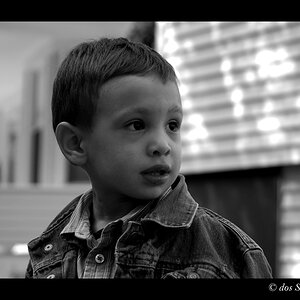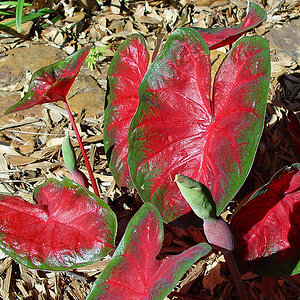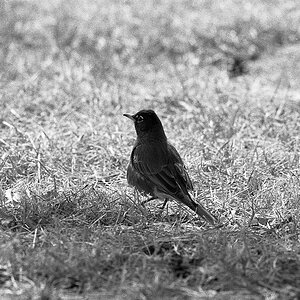southampig
TPF Noob!
- Joined
- Jan 11, 2010
- Messages
- 4
- Reaction score
- 0
- Location
- Hinckley, UK
- Can others edit my Photos
- Photos NOT OK to edit
Hi,
Can anyone tell me if using print developer (Jessops econoprint) with FP4 film will be ok? what length of time should I use if so?
Thanks
John
Can anyone tell me if using print developer (Jessops econoprint) with FP4 film will be ok? what length of time should I use if so?
Thanks
John


![[No title]](/data/xfmg/thumbnail/41/41778-1940e957c27e1919c300dfedbc32d1c3.jpg?1619739889)

![[No title]](/data/xfmg/thumbnail/38/38734-a0c4ec46a440db881aca3700b0c62879.jpg?1619738703)

![[No title]](/data/xfmg/thumbnail/30/30883-04222f7ae234efdf80dff6f96ddad16f.jpg?1619734495)


![[No title]](/data/xfmg/thumbnail/38/38738-7933157d1b8968c986eeeab2d1828524.jpg?1619738703)
![[No title]](/data/xfmg/thumbnail/38/38737-350089c7ae87f5c983c5362b9b78b671.jpg?1619738703)
![[No title]](/data/xfmg/thumbnail/39/39509-3c2c5856429b4b8ff3cf44cd3b2afa8c.jpg?1619739064)
